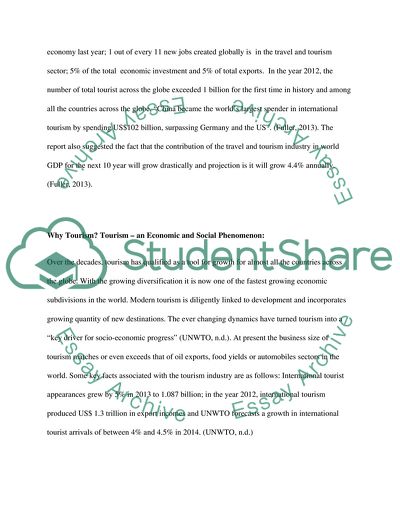Cite this document
(Tourism in the Modern World Term Paper Example | Topics and Well Written Essays - 3787 words, n.d.)
Tourism in the Modern World Term Paper Example | Topics and Well Written Essays - 3787 words. Retrieved from https://studentshare.org/tourism/1814322-does-tourism-influence-economic-growth
Tourism in the Modern World Term Paper Example | Topics and Well Written Essays - 3787 words. Retrieved from https://studentshare.org/tourism/1814322-does-tourism-influence-economic-growth
(Tourism in the Modern World Term Paper Example | Topics and Well Written Essays - 3787 Words)
Tourism in the Modern World Term Paper Example | Topics and Well Written Essays - 3787 Words. https://studentshare.org/tourism/1814322-does-tourism-influence-economic-growth.
Tourism in the Modern World Term Paper Example | Topics and Well Written Essays - 3787 Words. https://studentshare.org/tourism/1814322-does-tourism-influence-economic-growth.
“Tourism in the Modern World Term Paper Example | Topics and Well Written Essays - 3787 Words”, n.d. https://studentshare.org/tourism/1814322-does-tourism-influence-economic-growth.


